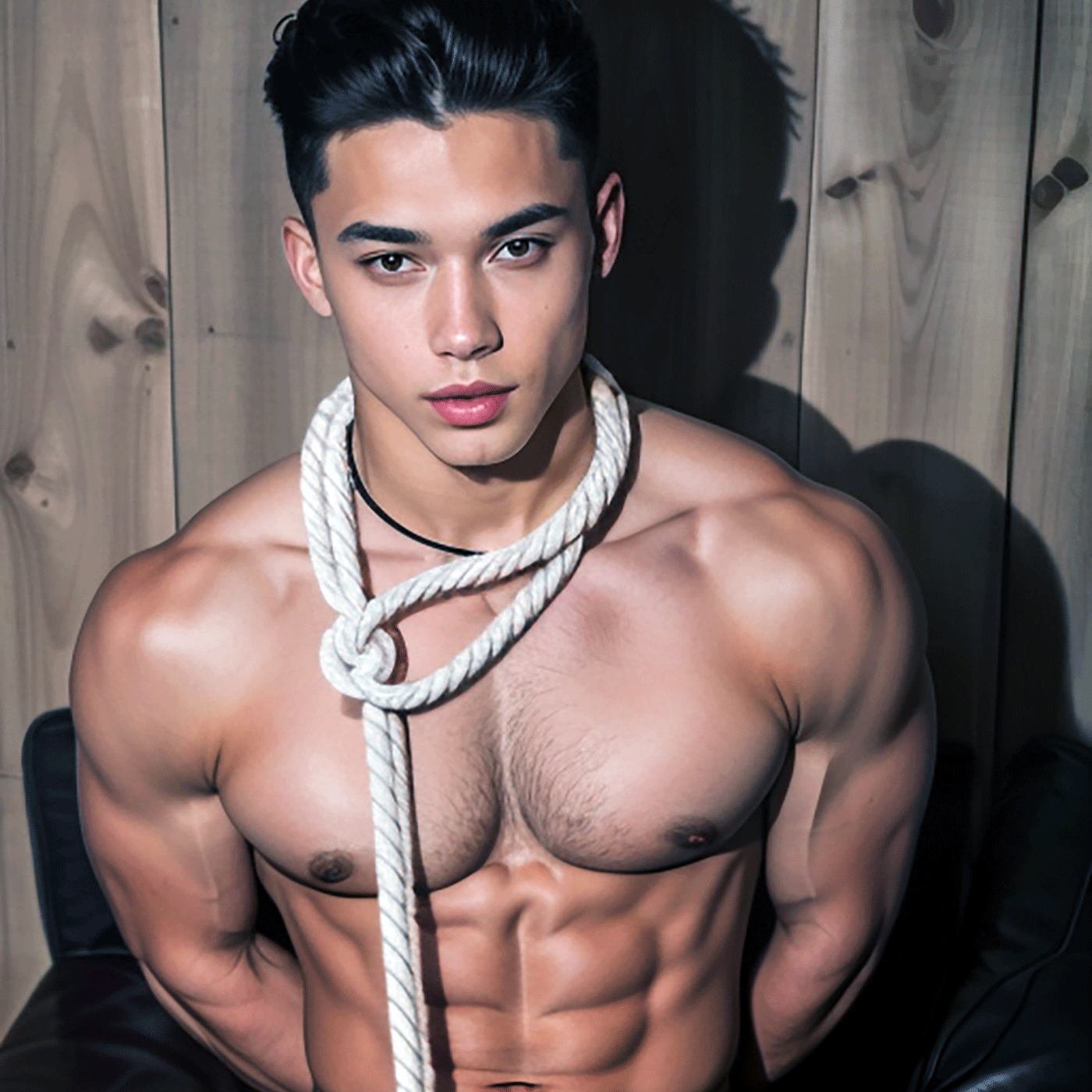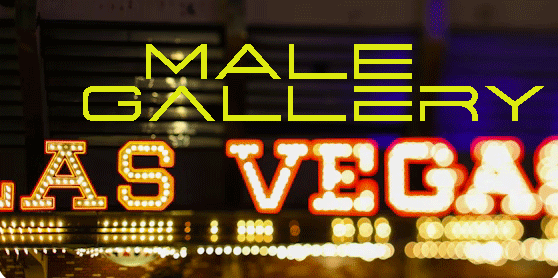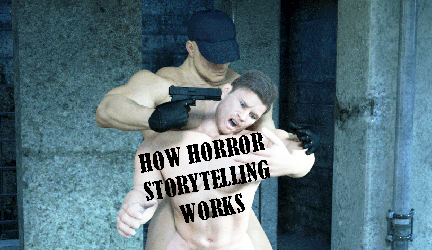
This podcast explores the taboo of hanging young men in front of spectators. How does a young man feel and respond as he gets hanged? See free images that go with this episode: https://taboopodcastvegas.com/hang/ S06E08. (7 minutes, 56 seconds)
Podcast Transcript:
Host: Hello and welcome. The name of this podcast series is “Taboo Truths and Tales.” This podcast is marked explicit. “Taboo Truths and Tales” is hosted by Madeira Desouza. That's me. Some of you may know me by my nickname as Woody. Whatever you want to call me, I welcome you here to this podcast. Now let's get started. Thank you.Announcer: This is an episode called “Hanging Men by the Neck Until Dead,” written by Madeira Desouza for the “Taboo Truths and Tales” podcast series.
Narrator: During the 19th century in the United States, there were many instances of vigilante hangings that occurred in various parts of the country. Vigilante justice was often carried out by groups of men who took the law into their own hands, bypassing the formal legal system. These acts were often motivated by a perceived lack of justice or a desire for swift punishment.
See uncensored images of men's hangings by going to ustaboo.com/hang.
One notable example of vigilante hangings took place in California during the gold rush era. The rapid influx of people seeking fortune led to a breakdown in law and order, and vigilante groups formed to maintain some semblance of control. The most famous of these groups was the Vigilance Committee of San Francisco, which was established in 1851.
They conducted several hangings, including that of John Jenkins, a notorious criminal. Another well-known incident occurred in Montana in the late 19th century. The Montana Vigilantes, formed in response to rampant crime and corruption, carried out a series of hangings known as the Vigilante Hangings of 1864. They targeted suspected outlaws and criminals, executing them without a formal trial. The vigilantes claimed to be acting in the best interest of the community, seeking to restore law and order.
Uncensored images of men's hangings are available free of charge now at ustaboo.com/hang. That web address again is ustaboo.com/h-a-n-g.
While some vigilante groups may have genuinely sought justice, others were driven by prejudice, racism, or personal vendettas. African Americans, Native Americans, and other minority groups were often targeted unfairly, tortured, and then executed at the end of a rope. The lack of due process and the absence of legal protections made these hangings highly controversial and unforgettable.
As the United States expanded westward and settled new territories, vigilante justice became more prevalent in areas where the formal legal system was weak or non-existent.
Hanged Man: You wanna know how it feels? How it feels to get hanged by the neck with a rope until you are dead? I can tell you. It happened to me. I was accused of stealing a horse. They lied about what I had done. But they strung me up off the ground with a noose around my neck. A group of three cowboys. They laughed at me. They kicked me in the balls hard several times. I was helpless. I choked and tried to scream. I could not get my voice to work. Everything suddenly stopped after my brain felt like it was on fire. Then just as quickly, I felt nothing. I was dead. I was dead. Oh fuck. I was dead. Jesus. The three cowboys kept kicking me hard in my balls. So what? They could not hurt me any longer. I felt nothing. I was dead. I was dead.
Narrator: As the country developed and established a more robust legal framework, instances of vigilante justice began to fade. History has shown us that vigilante hangings in the 19th century United States were a complex and controversial aspect of American history. While some saw them as necessary for maintaining order, others criticized them as a violation of due process and an infringement on individual rights.
Because you are listening to this episode, you have free access to uncensored images of men's hangings. There is no cost to you. Go to ustaboo.com slash h-a-n-g. That's ustaboo.com/hang.
No matter what your opinions are about men's hangings, the fact remains that men gathered to watch vigilante hangings as spectators. Those men who watched the vigilante hangings often became excited and even aroused sexually.
Spectator #1: It made me hard. Yeah. Watching that young cowboy hanged made me hard. Don't know why. Don't care. Felt good to me. Yeah. Real good. Narrator: There are several reasons why men have shown interest in watching other men die at the end of a rope. The first reason is morbid curiosity. People have always been fascinated by death and violence. Witnessing a hanging provided a sense of excitement and thrill for some individuals who were drawn to the macabre nature of the event.
A second reason is entertainment. In the absence of modern forms of entertainment, public hangings served as a form of spectacle and amusement. People would gather to watch the event as a form of entertainment, similar to attending a sporting event or a theatrical performance.
Spectator #2: I cried as I watched him die at the end of that rope. He looked innocent. Very young. But I liked watching him. Very exciting. He flapped around like a hooked fish on a line that was jerked suddenly out of a river. Flapping and flapping around on that rope. Like flapping around was gonna help him. No. No help for him. He just stopped. Looked awful. Very painful. At least that's how it looked to me. I will never forget the look on his face.
Narrator: A third reason why men have shown interest in watching other men die at the end of a rope is the social aspect. Public hangings provided an opportunity for communities to come together. It was a chance for people to socialize, catch up with friends and neighbors, and engage in communal activities. The event served as a gathering point for the community, fostering a sense of unity and shared experience.
Another reason for the popularity of vigilante hangings is deterrence. Public hangings were often intended to serve as a deterrent to potential criminals. By making the execution a public spectacle, authorities hoped to instill fear in the hearts of those who might consider committing similar crimes. The presence of spectators reinforced the message that crime would not be tolerated.
A fifth and final reason for the popularity of vigilante hangings is the sense of justice. Vigilante hangings were often seen as a form of retribution and justice by those who believed that the legal system was failing to adequately punish criminals. Male spectators attended these hangings to witness what they perceived as a form of righteous punishment for those who deserved to die so brutally.
Let's be honest here right now. Some vigilante groups may have genuinely sought justice, but quite a few others were driven by prejudice, racism, or personal vendettas. African Americans, Native Americans, and other minority groups of young men were often targeted unfairly, tortured, and then they all were executed at the end of a rope. You think that was justice at work.
Check out the uncensored images of men's hangings by going to ustaboo.com/ hang. That is ustaboo.com/hang.
Announcer: You have been listening to an episode called “Hanging Men by the Neck Until Dead,” written by Madeira Desouza. Thank you for listening today.
Narrator: Because you are listening to this episode, you have free access to uncensored images of men's hangings. Go to ustaboo.com slash h-a-n-g. That's ustaboo.com/hang.




